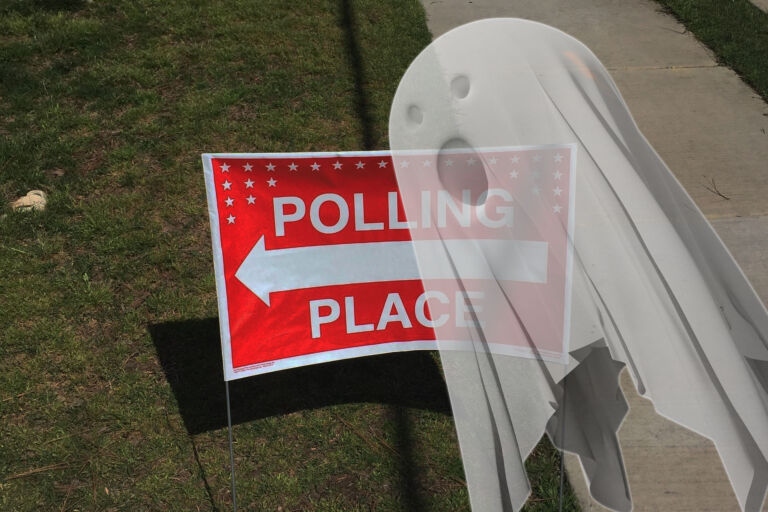They seemed thrilled when I walked in this morning. “We have a customer,” I heard one of the precinct officials at my Alamance County polling place say as I entered the polling place to cast my vote in the runoff primary around 10 a.m.
“You’re No. 3,” that same official told me as she found my name on the voting roll, had me sign my form and told me to hand it to the voting machine operator.
Before I could get to the voting machine, another gentleman walked in. He was No. 4. Within five minutes, the number of people who’d cast their ballots at my precinct had doubled from its previous total.
When I got to the office, I found that my experience among my co-workers here at the John Locke Foundation was not unique. For a number, including myself, there was no one present – other than precinct workers – when they walked in. One was the second voter at his polling place at 7:15 a.m. Another was the sixth voter at 8:30 a.m. One was the 18th voter at 10 a.m. and yet another was the 57th voter at noon.
One of my colleagues, who voted during the last day of early voting, was the 172nd voter in Orange County.
State officials expect turnout in today’s runoff primary to be around 3 percent. The runoffs are nowhere near as spirited as the May 8 primary was, when we had a presidential preference primary, gubernatorial primaries, congressional primaries and a number of other primaries up and down the ballot.
And, of course, we had Amendment One on the ballot then too.
History tells us that few people are interested enough in second runoffs and that a minority within a minority will actually choose most nominees.
With the cost of running such an election at around $7 million, it seems like a lot of money to spend for such a small turnout.
I’d like to see the General Assembly revisit the instant runoff system of voting, so that we can eliminate the need to gear up for a statewide runoff primary.
Instant runoffs are used only in races where there are more than two candidates for a particular race on the ballot.
In instant runoffs, voters not only mark their first choice for a candidate for a particular office, but also their second choice and sometimes their third choice. It’s really a simple process, and I think we’ll all like it once we get used to it.
The method of voting received a lot of negative reviews when it was used to determine the winner of a Court of Appeals race a couple of years ago. I think much of that was because we didn’t know the results of the instant runoff election for weeks.
Elections officials should be able to program voting equipment so that instant runoff results would be available as quickly as other results are available.
Such a system would mean that significantly more voters would determine the winner of those hotly contested races. And it would save our state and county boards of elections a boatload of taxpayer money.


